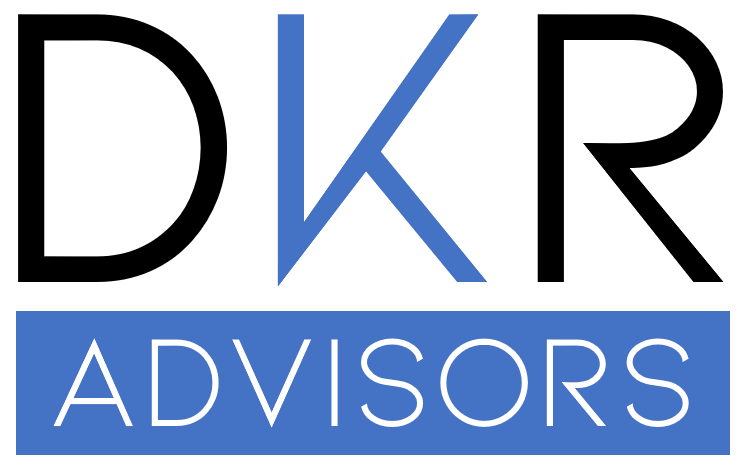
Navigating the Future: Best Practices in Corporate Governance for High-Tech Public Companies in the USA
Introduction
In the fast-paced world of high-tech public companies in the USA, effective corporate governance is crucial for maintaining trust, ensuring transparency, and fostering sustainable growth. This blog explores specific best practices and actionable steps that can be taken to enhance corporate governance in the dynamic landscape of technology-driven enterprises.
Understanding the High-Tech Landscape
High-tech companies often operate in an environment characterized by rapid innovation, evolving market trends, and dynamic competition. As such, their corporate governance practices must be agile, responsive, and aligned with the unique challenges and opportunities presented by the tech industry.
Best Practices in Corporate Governance
- Technology Competence on the Board:
- Ensure board members possess a baseline understanding of the technology landscape.
- Appoint directors with diverse tech backgrounds to bring a spectrum of expertise to the board. Avoid non-tech board members.
- Risk Management and Cybersecurity:
- Implement robust risk management policies tailored to the unique risks associated with technology, including cybersecurity threats. Monitor and document the discussions.
- Regularly assess and update cybersecurity measures to protect sensitive data and intellectual property.
- Innovation Oversight:
- Establish committee or mechanisms specifically focused on innovation oversight to ensure alignment with corporate strategy. Innovation is key.
- Foster a culture that encourages and talks openly about innovation ideas while mitigating potential risks.
- Strategic Planning and Long-Term Vision:
- Develop a clear and dynamic strategic plan that aligns with the rapidly changing tech landscape. Also communicate clearly as you execute to the plan hitting significant milestones.
- Emphasize long-term vision over short-term gains to navigate market fluctuations and uncertainties, while balancing the dynamics of frequent reporting as a public company.
- Board Diversity:
- Promote diversity on the board, including gender, ethnicity, and professional background, to bring varied perspectives to decision-making.
- Encourage diversity not only for compliance but as a driver of innovation and effective governance.
- Shareholder Engagement & Support:
- Foster open and transparent communication with shareholders, providing regular updates on corporate strategy, financial performance, execution, and potential challenges.
- Seek feedback and input from shareholders, incorporating their perspectives into decision-making processes. Make sure the board and the senior management team know the thoughts of investors, especially when making key decisions. No vacuum decision making that can impact investors.
- Review term limits for directors & majority vs. polarity proxy voting.
- Executive & Board Compensation Alignment:
- Align executive compensation with long-term value creation rather than just short-term financial metrics.
- Establish clear performance metrics tied to innovation, customer engagement, and sustainable growth.
- Board and executive compensation in line with similar market valued peers.
- Effective Board Committees:
-
- Form a specialized committee, such as technology or innovation committee, to address specific challenges and opportunities.
- Ensure the committee has a clear mandate and is composed of members with relevant expertise that are able to contribute, not just critique.
-
- Compliance and Regulatory Adherence:
- Stay abreast of evolving regulatory requirements, particularly in the tech sector.
- Implement robust compliance programs to navigate legal complexities and maintain the company’s reputation.
- Stakeholder Accountability:
- Hold executives and board members accountable for stakeholder interests, including employees, customers, and the broader community.
- Establish mechanisms for feedback and address stakeholder concerns.
Steps to Enhance Corporate Governance
- Conduct Regular Governance Audits:
- Periodically assess the effectiveness of existing governance structures, policies, and practices.
- Identify areas for improvement and implement changes accordingly.
- Continuous Education for Board Members:
- Facilitate ongoing education programs for board members to keep them informed about emerging technologies, market trends, and governance best practices.
- Proactive Response to Emerging Risks:
- Develop a proactive risk management strategy that anticipates and addresses emerging risks in the tech sector. Encourage open, unguarded discussion between board and management. Hit risks head on. Never ignore or count on the “hope it doesn’t happen” strategy.
- Establish crisis management protocols to respond swiftly to unforeseen challenges.
- Implement Technology Solutions for Governance:
- Leverage technology solutions, such as secure communication platforms (like board portals avoiding email of sensitive documents) and data analytics, to enhance the efficiency and effectiveness of governance processes.
- Regularly Review and Update Governance Charters:
- Periodically review and update charters to ensure they remain aligned with the company’s strategic goals and industry trends.
- Benchmark Against Industry Peers:
- Benchmark corporate governance practices against industry peers to identify opportunities for improvement and innovation.
Effective corporate governance is the cornerstone of success for high-tech public companies in the USA. By adopting specific best practices and taking actionable steps, these companies can navigate the challenges of the tech landscape while building a foundation for sustained growth, innovation, and stakeholder trust. As technology continues to evolve, so too must the governance practices that underpin the success of these dynamic enterprises.
Use external resources like DKR Advisors as a catalyst to review or implement change.
David Raun
DKR Advisors
www.dkradvisors.com
davidraun@comcast.net


